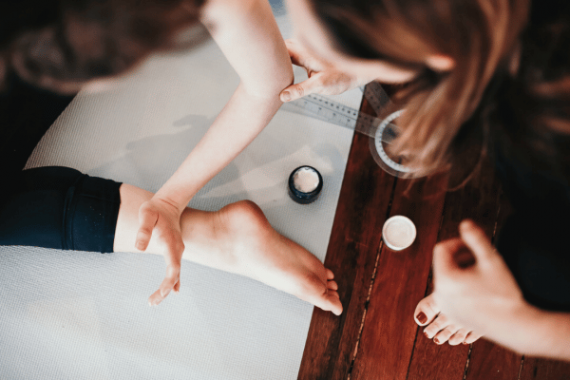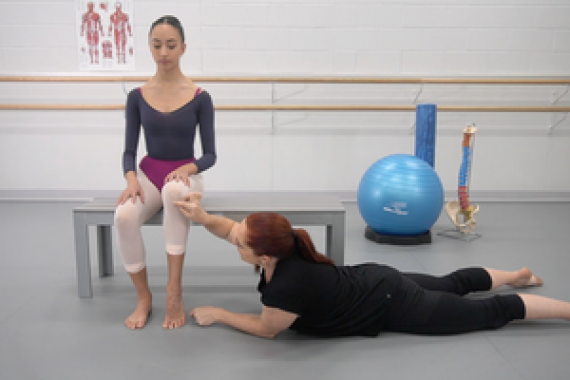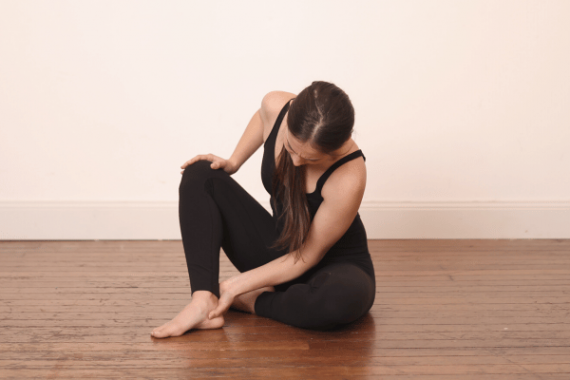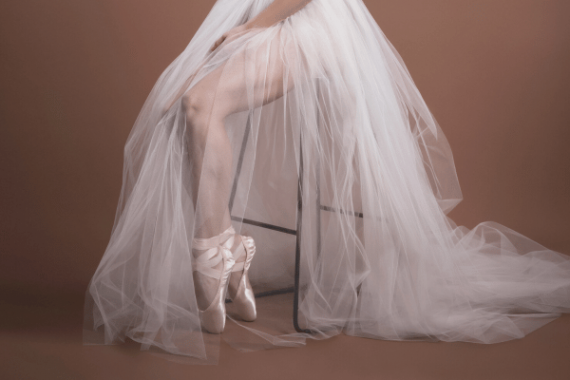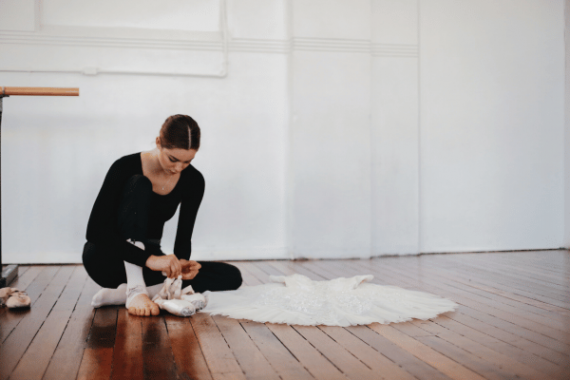The Pros and Cons of Foot Stretchers
& how to improve your pointe range safely without one!
Many dancers are in a rush to improve their pointe range; whether it be because they are hoping to go en pointe are auditioning for full time training or are moving into performing at a professional level. Most dancers and their teachers want to improve the line of their feet and wonder whether using a Foot Stretcher is a good way to improve pointe range.
However, Foot Stretchers can be dangerous to use in some dancers, and may encourage Posterior Impingement. I have created the following video on the pros and cons of Foot Stretchers so that you can be more informed to decide whether it is safe for you or not.
It is definitely not necessary to use a foot stretcher to achieve the line desired in classical dance to achieve a professional career. Any attempts to increase pointe range should be done very slowly, and with careful thought to the anatomy of the ankle to keep it stable and strong. I also encourage you to think carefully about why you want to improve your pointe range. If it is to just look good in some Instagram still photos, is this really worth potentially injuring your feet long term and not actually being able to dance?
I am not aware of any specific studies that have looked at each of the different products on the market, but I definitely have my reservations, especially about a whole class using the same device, as outlined below. There are three main reasons why I recommend avoiding foot stretchers:
- The stretch is not specific to the point of restriction and may cause injury
- Overly stretched ligaments can make the ankle very unstable
- Most dancers have issues with strength and control, rather than range
Lack of specificity:
- My resistance to using any one device, especially across a whole class full of students, is that every foot is different and may require mobilising in different ways, as we will discover in this program. If you have stiff feet, the chances of one device being able to isolate where that particular foot needs more mobility is highly unlikely! Some feet need more range where the metatarsals meet the tarsal bones, others need it between the tarsal bones, some need it between the talus and the lower leg, and some need fascial releases much further up the line. Most of the bony restriction in ankle range that I see in the clinic is actually a block in the sub-talar joint, which cannot be stretched with any of these devices – most of them actually compress it!
- Most of the devices on the market focus on forcing the foot into a pointed position, and this can result in compression of the structures at the back of the ankle. Many students with restricted range have issues with pain in the back of the ankle anyway, due to constantly working against restriction, so forcefully over-pointing the foot can actually exacerbate compression in the back of the ankle, often leading to posterior impingement.
- If there is to be any benefit from using a foot stretcher, the stretch should be felt as a gentle stretch spread over a wide area on the front of the foot. It should never be felt as pain, cramping in the foot, pain or compression in the back of the ankle, or as a focused stretch at one point.
Increased laxity in the ligaments:
- Most foot stretchers are promoted by suggesting they help stretch your ligaments in order to allow a fully pointed foot.
- Over stretched ligaments have reduced proprioceptive feedback, meaning that it is harder for you to feel where the foot is, making the foot more unstable. We definitely do not want to do this, especially when when progressing with pointe work.
- Please also notice that in just about all of the images you see advertising foot stretchers, the dancer also has a slightly (or not so slightly) hyperextended knee. These girls most likely already had a lovely line, and didn't need much assistance from the device to make it look beautiful. If you already have hyper-mobile feet – strong stretches across the front of the foot may overstretch the ligaments, making the foot even more unstable and vulnerable to injury.
The issue of strength
- Any attempts to increase the range of motion into either a pointed or flexed position must be accompanied by specific strengthening exercises so that you can actually use the new range of motion when you dance.
- Excessive range in the ankle without excellent proprioception and strength can be the cause of many foot and ankle injuries.
- It is also important that you build this strength as your range increases. Sudden increases in mobility, without the appropriate awareness and strength, can make you much more likely to injure or foot in class.
For more information on this kind of issue, please check out the following links to articles and other information:
If you are wanting to learn some safe ways to mobilise and strengthen the foot is a safe way, then our How To Increase Your Pointe Range Safely Without A Foot Stretcher is perfect! It basically teaches you how to become your own foot physio, by going through;
- The anatomy of all the important muscles in the feet and ankles
- How each muscle is designed to work, and what happens when it goes wrong
- Safe ways to massage each muscle group to relieve tension and prevent injury
- Safe stretches to increase your flexibility and range of motion
- Specific strengthening exercises for each muscle so that you can master control of your feet!
The 3D Calf Stretch
One of the most popular techniques for safely improving both plié range and pointe range from the program is the 3D Calf Mobiliser. This technique mobilises all of the small joints in the mid and rear foot, mobilises the fascial tissue in the back of the calf, and can also improve your turnout control!
Follow the instructions carefully to get all of the details. Ideally do this after giving the foot and ankle a gentle massage for best results. Perform the technique on just one foot initially, then test your plié and rise to assess the effect.
Pointe Resources
If you are looking to delve deeper into this topic, check out the following programs:
- The Perfect Pointe Book: This course was originally designed to help students and dance teachers safely prepare for pointe work. The four stages of tests and exercises within the book are ideal for pre-pointe preparation classes, students close to achieving pointe shoes and students already en pointe looking for extra strength and technique training.
- Pointe Range: This online program comprises of 41 clear and concise videos, totalling just under 2 hours play time, this course begins with a series of assessments to establish exactly what structures are restricting your pointe range. It then explores a diverse array of massage techniques, joint mobility exercises and fascial mobilisers to safely improve your pointe range. This is followed by an in depth look at retraining all of the muscles that stabilise the foot and ankle to allow you to actually use your new found pointe range in class.
- Pointe Intensive: This online virtual workshop is designed for both Dance Teachers & Health Professionals working with dancers. This three day Intensive will give you the most up-to-date advice in the industry to help you understand your students’ needs, analyze their differences, and them you the tools to help your students become the best dancer they can be.



